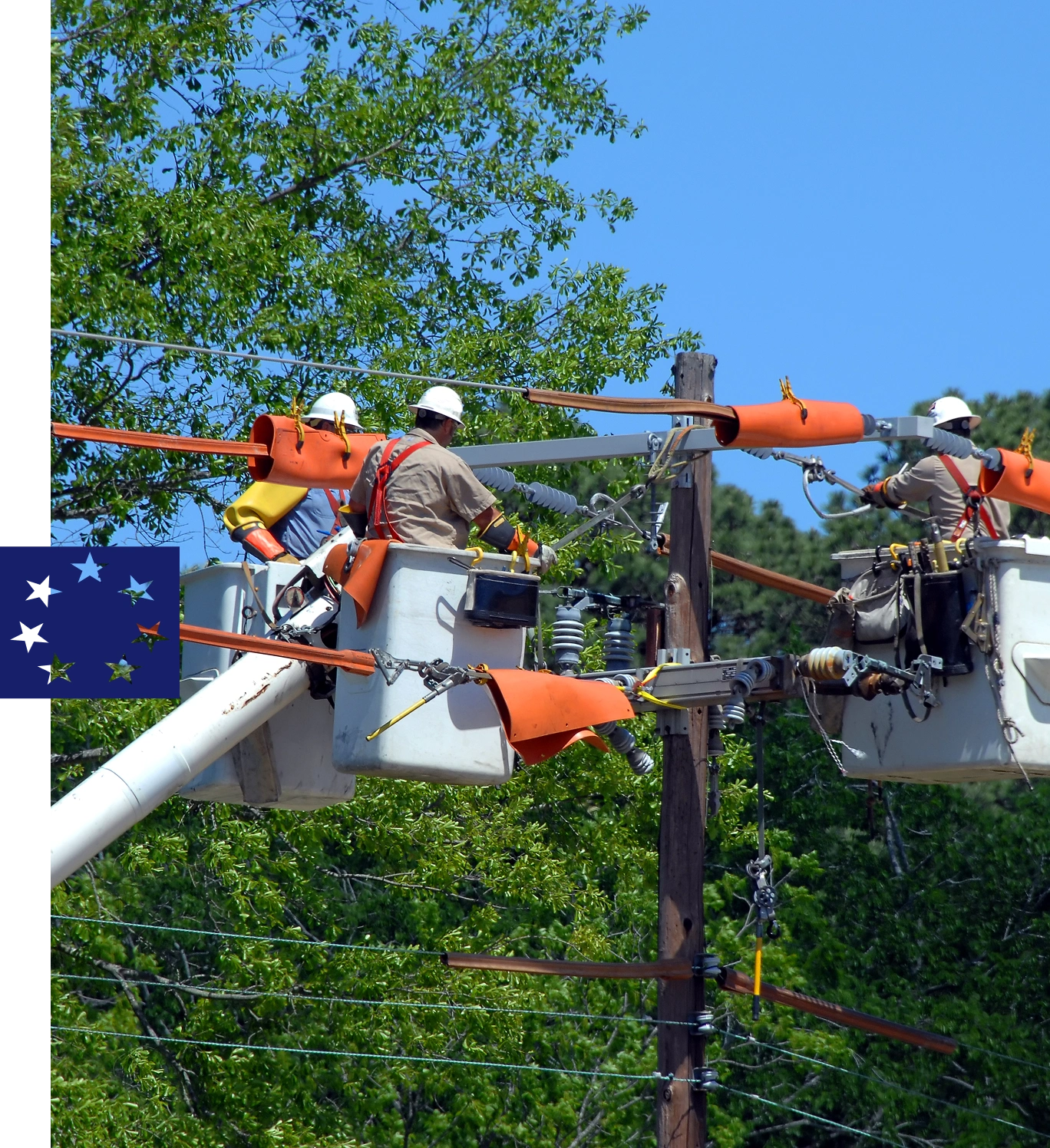Supporting Positive Train Control with Licensed 220 MHz Spectrum
Case Study
Supporting Positive Train Control with Licensed 220 MHz Spectrum
The Challenge:
Railroads across North America are under increasing pressure to modernize their communications infrastructure to meet federal mandates for Positive Train Control (PTC)—a safety-critical system designed to automatically prevent train collisions, derailments, and other operator errors.
Implementing PTC requires seamless, low-latency, and interoperable wireless communications between locomotives, wayside equipment, and central control systems. However, freight and commuter railroads operate across a patchwork of geographies and jurisdictions, often with limited access to consistent, interference-free spectrum.
To meet stringent PTC requirements, rail operators needed access to reliable, wide-area spectrum that could provide high availability and coverage across both rural and urban rail corridors, regardless of topography or infrastructure constraints.


The Approach:
Multiple freight and commuter railroads secured licensed 220 MHz spectrum from Choctaw to establish a dedicated wireless backbone for PTC communications. The 220 MHz band’s propagation characteristics—particularly its ability to penetrate terrain and cover long distances with minimal infrastructure—made it uniquely suited for rail operations that span hundreds or even thousands of miles.
The 220 MHz spectrum was incorporated into railroads’ PTC architectures, enabling robust interoperable communication systems that support real-time data exchange between locomotives, signal systems, and dispatch centers. Its narrowband configuration allows for optimized use of available spectrum while meeting the stringent timing and reliability demands of PTC protocols.

the results:
- Interoperability Across Railroads: Licensed 220 MHz spectrum enables consistent PTC communications between different railroads and operators, even when trains cross territories and carriers.
- Reliable, Low-Latency Coverage: Rail operators have achieved high reliability for PTC communications, even in remote areas, mountainous terrain, and along sparsely populated corridors.
- Streamlined Implementation: Access to licensed spectrum reduced delays and complications associated with finding and coordinating shared public spectrum.
- Regulatory Compliance: Railroads using 220 MHz spectrum have met key milestones and requirements outlined by the Federal Railroad Administration (FRA) for PTC implementation.
- With licensed 220 MHz spectrum, rail operators are delivering safer, more efficient rail networks—protecting cargo, passengers, and crew while complying with federal safety mandates.








